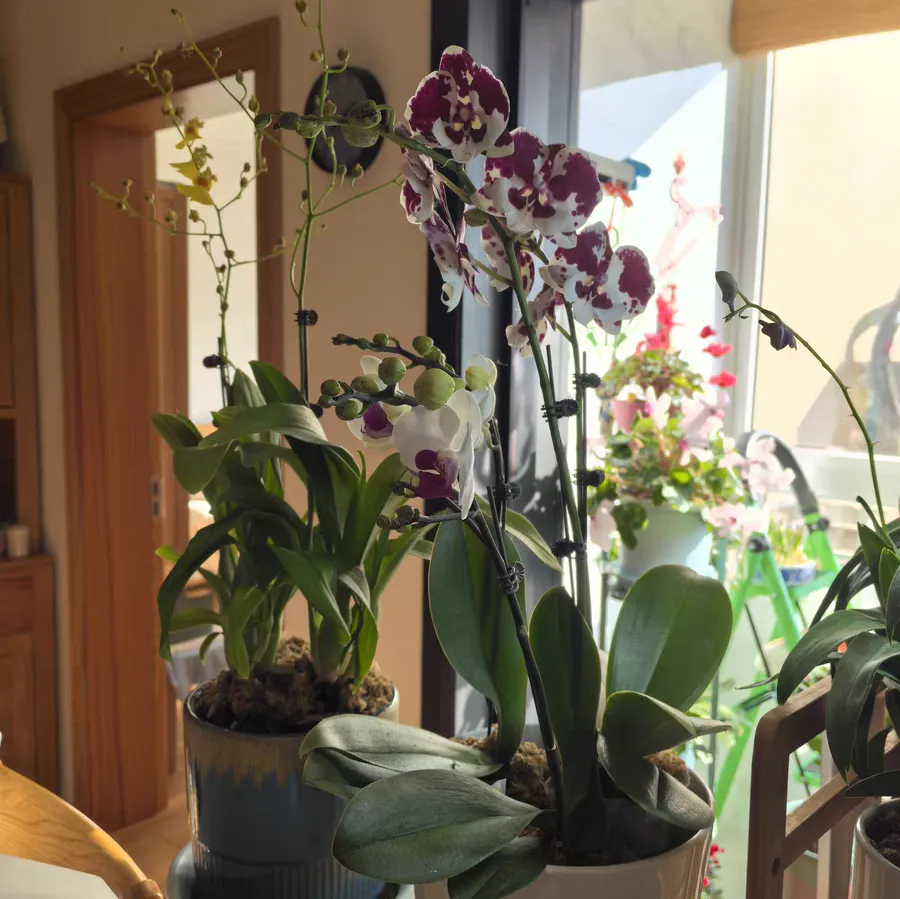Sphagnum moss, also known as Herba Sphagni, is a kind of bryophyte. Bryophytes are small green plants with relatively simple structures. They usually consist of only stems and leaves, and sometimes only have flattened thalli, without true roots and vascular bundles.
Bryophytes especially like dark and humid environments and generally grow on exposed stone walls, or in damp forests and swamps. Sphagnum moss has a very soft texture and extremely strong water absorption ability. It can absorb 15 to 20 times its own weight in water and can retain water for a long time. Meanwhile, it also has good air permeability, and its pH value is generally between 5 and 6.
Benefits of using sphagnum moss to grow flowers:
Moisture retention and air permeability: Sphagnum moss has excellent moisture retention and air permeability, which provides an ideal growth environment for flowers. It can not only absorb and retain a large amount of water but also allow air to circulate freely, creating a growth environment for the roots of flowers that is both moist and well-ventilated. Orchidaceae plants are one of the main cultivation objects of sphagnum moss. Because the roots of orchids are relatively fragile, they need a medium that can both retain moisture and allow air to pass through to support their growth, and sphagnum moss just meets this requirement. Similarly, many other types of flowers, such as ferns and Dendrobium, also benefit from the care of sphagnum moss and can thrive and show their best growth states.
Providing nutrients: Sphagnum moss belongs to bryophytes and contains rich organic matter and trace elements such as nitrogen, phosphorus, and potassium. During its growth process, sphagnum moss will decompose abundant organic substances, which can be absorbed and utilized by flowers as nutrients, further promoting the growth and flowering of flowers. Therefore, sphagnum moss can not only maintain the humidity and air permeability of flowers but also provide natural fertilizers and is a multi-functional horticultural medium.
Easy to shape and fix: The texture of sphagnum moss is fluffy. It can absorb water automatically and has a certain moisture retention effect. It is very suitable for being used as a soilless cultivation substrate, which can play the roles of fixing roots and providing water. For small flowerpots or flowers with special shapes, sphagnum moss can easily fix the plants, avoiding soil leakage or plant displacement. For example, when making succulent wreaths, flower balls, or hydroponic Phalaenopsis, sphagnum moss is needed. Meanwhile, sphagnum moss can also be used to pad the bottom of flowerpots to increase the air permeability of the roots and prevent soil loss and waterlogging.
Clean and sterile: Sphagnum moss is dried at high temperatures, free of insects and bacteria, and is very suitable for being used as filling soil for flower containers with hollow-out designs, such as bamboo baskets and iron art flower baskets. Using sphagnum moss not only avoids the problem of soil leakage but also reduces the occurrence of pests and diseases, providing a safer and healthier growth environment for flowers.
Durable: Sphagnum moss is not easy to decay and can be used for a long time. When repotting, it is not necessary to replace all the materials. Only part of the sphagnum moss needs to be replaced, which saves resources and reduces maintenance costs.
As an ideal horticultural medium, sphagnum moss not only has excellent moisture retention and air permeability but also can provide nutrients, is easy to shape and fix, is clean and sterile, and is durable. For flower lovers, using sphagnum moss for flower care is undoubtedly a choice that can achieve twice the result with half the effort.
What are the benefits of using sphagnum moss to grow flowers?

Share with
Tagged in :




Leave a Reply